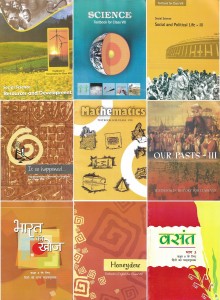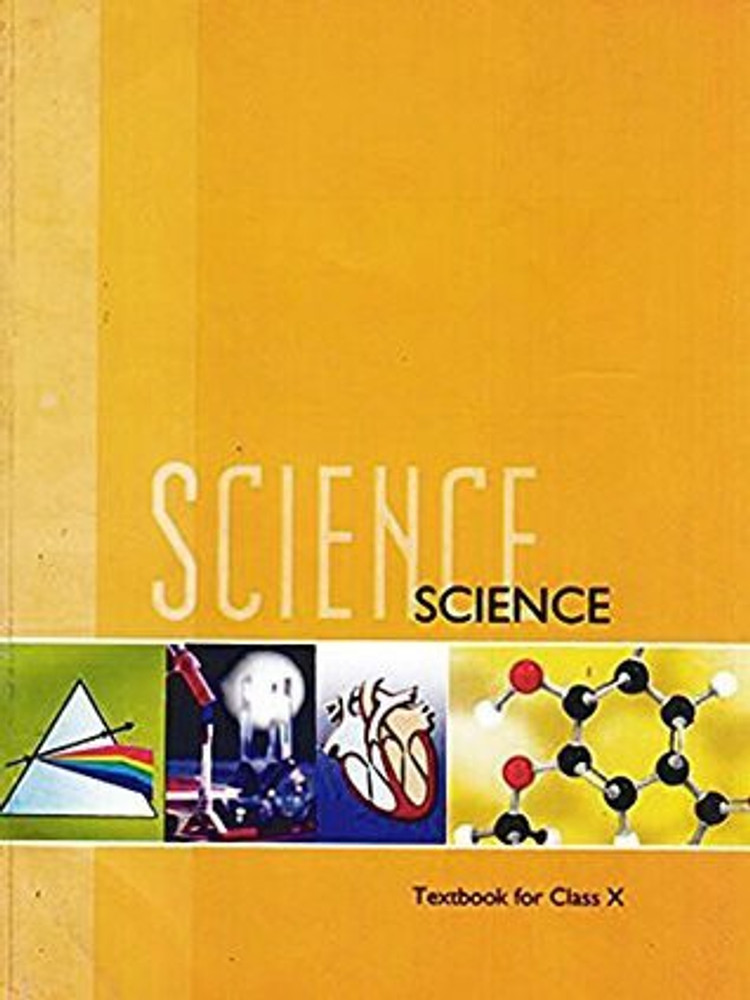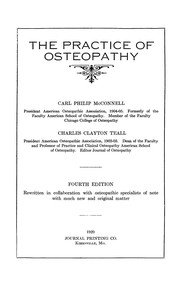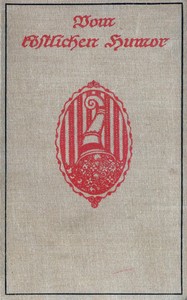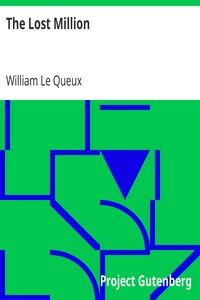New Study Reveals How Leaves' Resilience to Raindrops Might Help in Agriculture and Renewable Energy
Research published in Physical Review Fluids reveals how raindrops interact with leaves, protecting plants from damage and opening avenues for technological innovations. The study, led by Professor Sunghwan Jung of Cornell University, examined the mechanics of drop-leaf interactions using high-speed imaging and a plastic beam to simulate plant behaviour. Findings show that opposing movements between droplets and leaves reduce vibrations, minimizing stress on plants. Doctoral candidate Crystal Fowler highlighted that resonance alignment enhances damping, aiding plant longevity and understanding of water flow in ecosystems. The research also explores potential renewable energy applications, proposing the use of piezoelectric materials to harvest energy from rain-induced vibrations

Research published in Physical Review Fluids has revealed the intricate dynamics between raindrops and leaves, shedding light on how plants withstand the force of falling water. The study, titled "Resonance and Damping in Drop-Cantilever Interactions," highlights the mechanics that protect leaves and suggests innovative applications for agriculture and renewable energy. Using high-speed imaging, researchers observed the interaction between water droplets and a plastic beam, which simulated the structural behavior of leaves.
According to Professor Sunghwan Jung, from Cornell University's Department of Biological and Environmental Engineering, in a statement, the droplet and beam move in opposing directions upon impact. This counteraction reduces vibration, offering protection to the plant. The findings align with unexplained discrepancies previously noted by scientists, which the team analysed by examining the natural frequency alignment of the beam and droplet.
Insights into Plant Adaptation
Lead author Crystal Fowler, a doctoral candidate in biological engineering, stated that the study confirmed increased damping when the droplet's natural frequency matched the beam's. This phenomenon resulted in a faster reduction of vibrations, potentially reducing stress on plant leaves and contributing to their longevity. The findings may also enhance understanding of water flow through forest canopies and plant morphological evolution.
Potential for Renewable Energy Applications
The research team proposed that the principles observed could extend to renewable energy. Professor Jung suggested piezoelectric materials could replace the beam to harness energy from rain-induced vibrations.
This paper marks a significant milestone for Fowler, a member of the Navajo Nation. Reflecting on her experience, she expressed enthusiasm for exploring biological engineering and its broader implications. The study not only provides a glimpse into plant resilience but also opens avenues for innovative technology inspired by natural processes.












)
